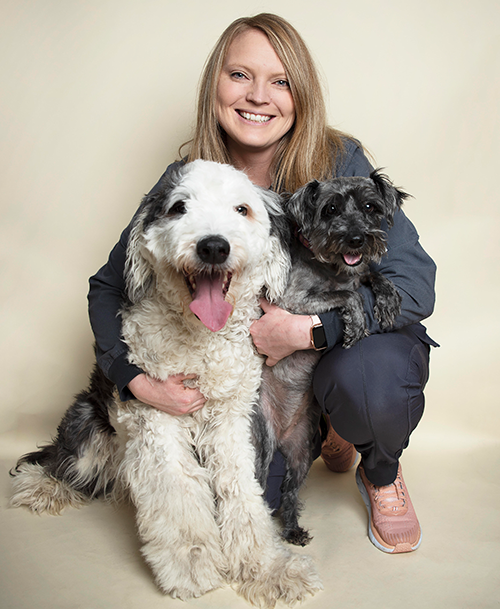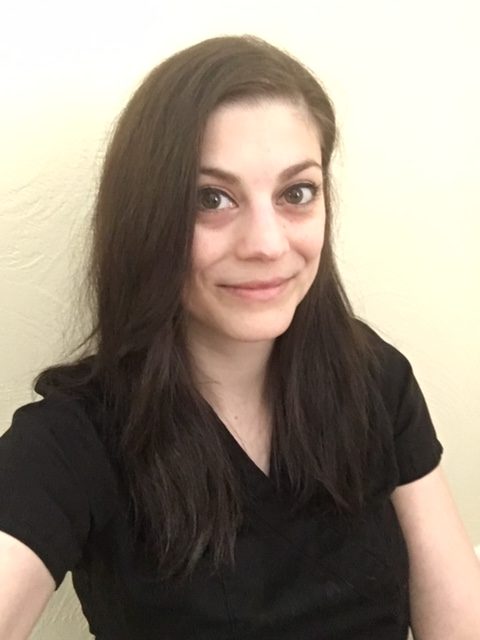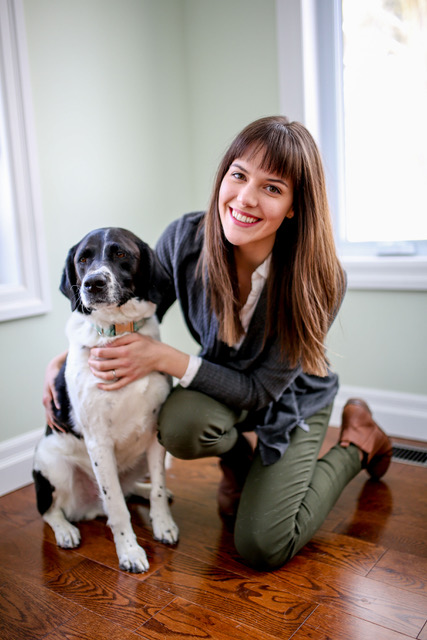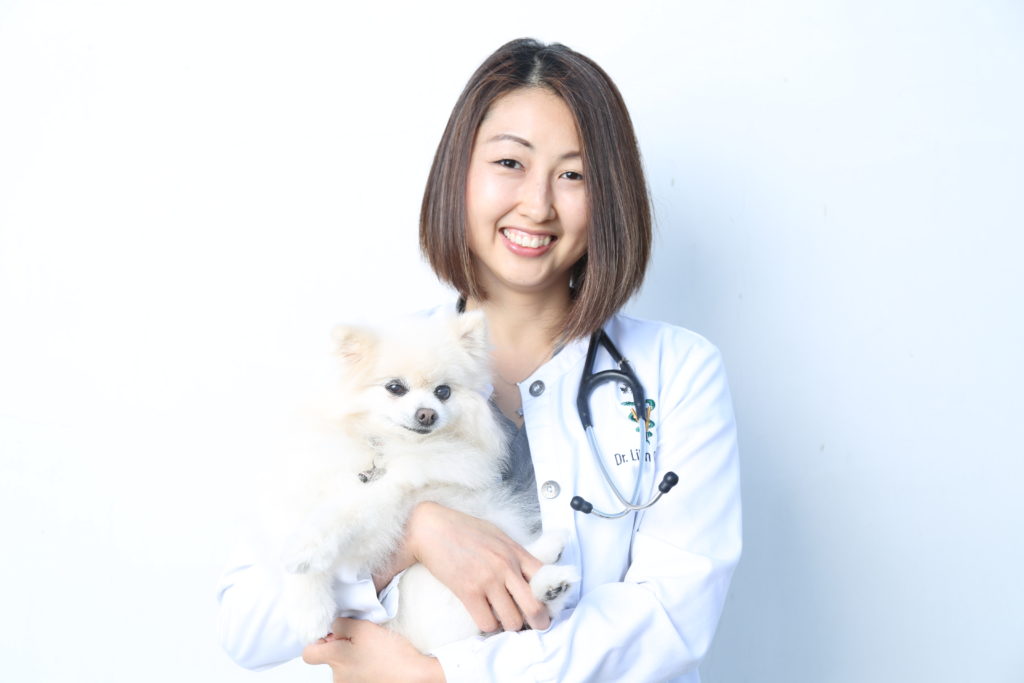The charts keep piling up, the ever ringing phone is a reminder of more patients to help than available hands. Technicians bump shoulders as they quickly pass by in the hallway, rushing to the lab. The vibe inside the clinic spins along with the centrifuge, tossing those out who don’t sync in balance with the others. Exam rooms and surgery suites are dressed up each day to treat uniquely different patients, but all with the same underlying constants.
Beep, beep, beep the sound of the ECG leads gripped tightly to the patient’s skin. You can hear the humming begin, as the pump kicks on and the blood pressure cuff tightens securely around a furry leg. A trying alarm sounds, as you try adjusting the spo2 clamp for the third time, although the consistency of inaccuracy brings smirks and a laugh amongst tired staff. This is a typical day in the back of the clinic, yet we still love veterinary medicine and here’s why.
We work in a field of measurable results and emotional connection.
A patient comes in with a limp, we X-ray and diagnose. A patient comes in with a cough, we listen and prescribe. We work in a climate that requires puzzle-solving, as we link symptoms to lab work results and microscopic findings to samples. This, while constantly challenging ourselves to do more and be more. The eight-year-old Schnauzer who tries to bite you during every nail trim is the same one you comfort during his painful pancreatitis diagnosis. Our patient connection drives us into an unexitable roundabout of URIs And UTIs. Each patient matters the same as the last one, and as much as the next one.
Veterinary medicine combines the two worlds of science and emotion.
Science is dependable, consistent and measurable. Emotion is undependable, inconsistent and not measurable. This sounds like a bunch of fecal sample, right? Well, stay with me here. This could be the very reason why we stay in this stressful environment.
Medical science is at the very core of what we do day in and day out. We can always depend on the fact that our patients will get sick. We can always depend on the fact that certain diseases present with a set of common symptoms. What we can’t count on is how the crying widow tugs at our heartstrings, as she says she can’t lose the Dachshund or deciding to sit an extra minute by the whimpering English Setter who just woke up from a spay. We can master our skills as veterinarians and technicians, but the emotion is what makes us human.
Emotion in the clinic can lead to late hours in aged, dusty textbooks and varied VIN searches. We are driven to find the results for our patients because of our compassion and sometimes a little bit of our ego. It is always science that saves us though. Those who have forged down this road before us with groundbreaking treatments and who have created life-saving medications are our guiding lights. Our job is to bring all the pieces of the puzzle together and make them fit the mold of each patient. It is a pleasure and a privilege when all cogs click together and a treatment plan is formed.
We still love veterinary medicine because it allows us to be superheroes for our clients and satisfies our individual desire to conquer.
We still love veterinary medicine because every day we walk through those doors, we can change someone’s life.
The views and opinions expressed in this article are those of the author and do not necessarily reflect the position of the DrAndyRoark.com editorial team.

ABOUT THE AUTHOR
Tasha Larsen is the technician manager at a small animal clinic in Utah. She joined the veterinary world after selling her Crossfit gym to pursue her passion in veterinary medicine. It was the best decision she ever made and she wouldn’t want to be anywhere else.




